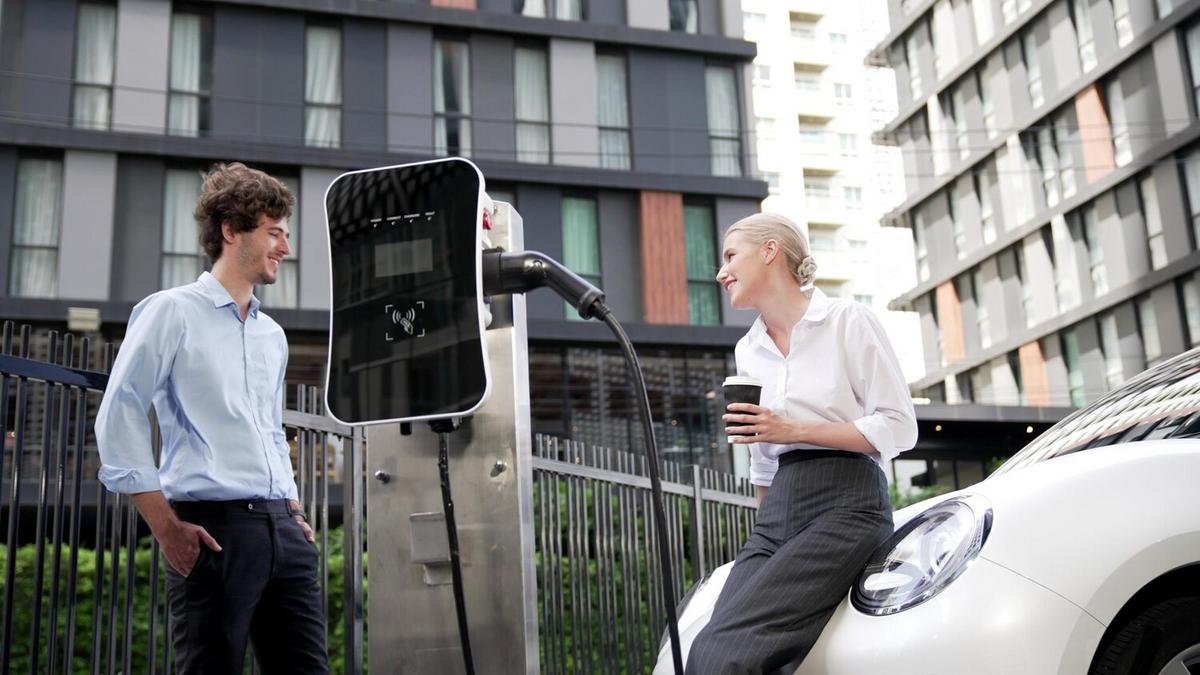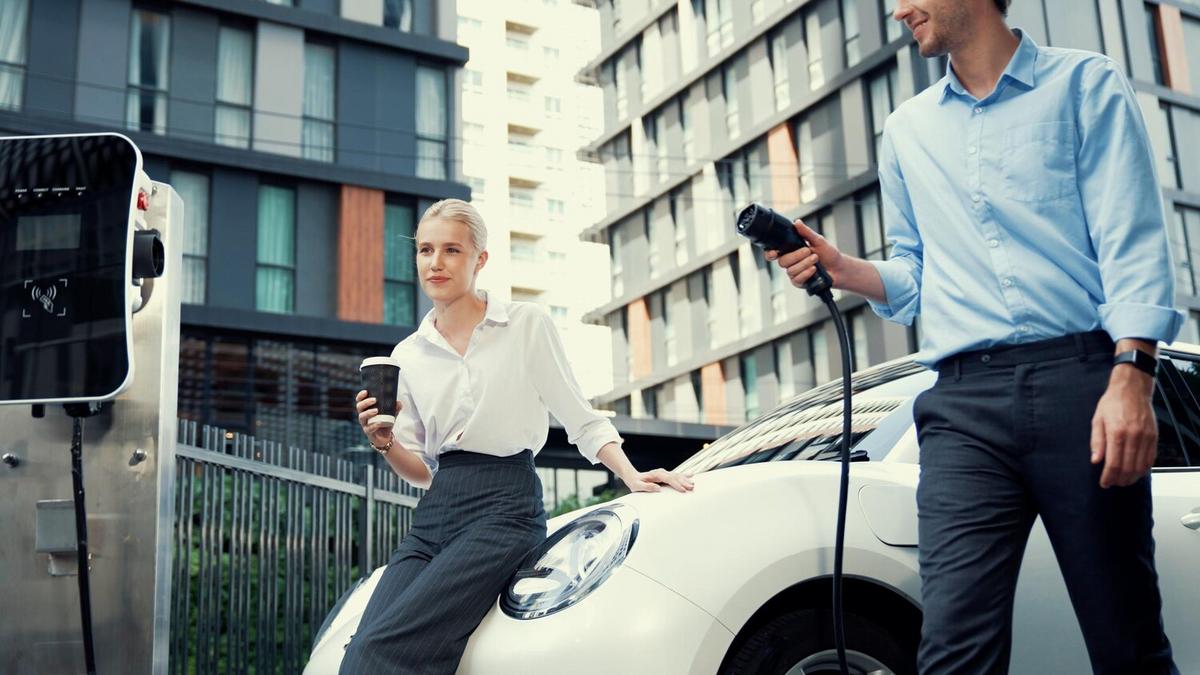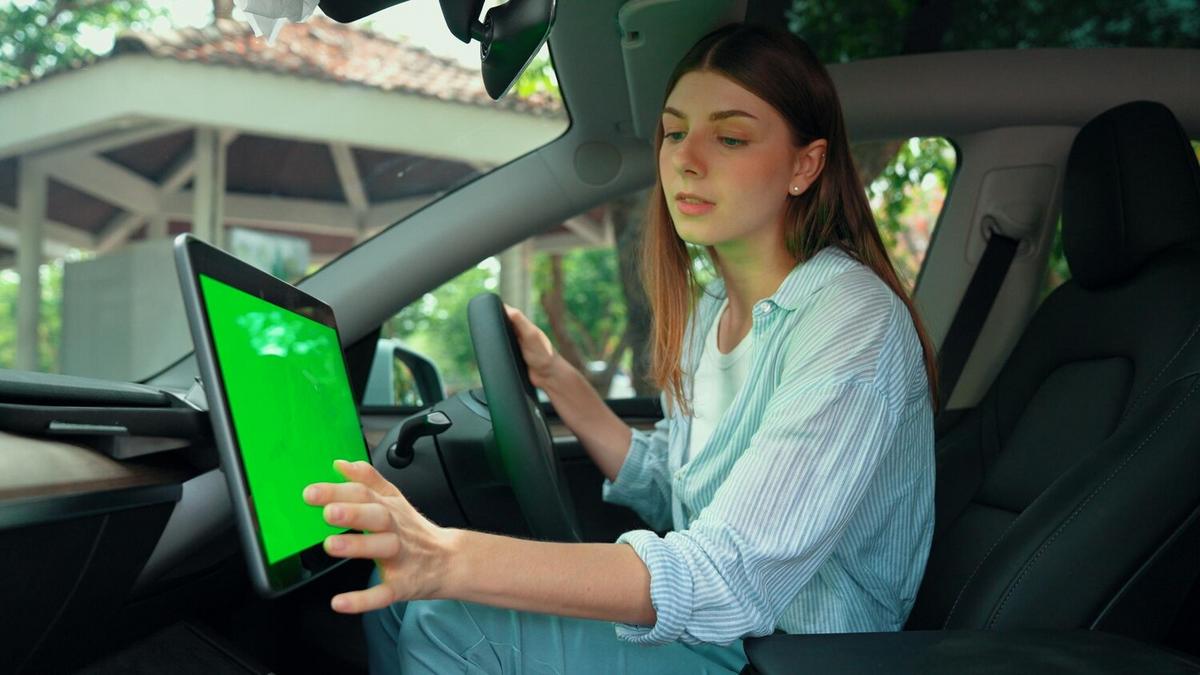Electric vehicles (EVs) are transforming the landscape of urban mobility, offering innovative solutions to some of the most pressing challenges faced by modern cities, such as pollution and traffic congestion.
The Rise of Electric Vehicles in Urban Areas
As cities grow and evolve, the need for sustainable transportation becomes increasingly clear. Electric vehicles have emerged as a viable solution, not only reducing emissions but also altering the way urban mobility is perceived and managed. According to the International Energy Agency, global electric car stock surpassed 10 million units in 2020, highlighting a significant shift towards greener transportation options.
Expert Insights on Urban Mobility
Transportation expert Dr. Lisa Miller notes, “Electric vehicles are not just about reducing emissions; they’re reshaping urban infrastructure by encouraging the development of smarter, more connected cities.” The integration of EVs with smart city technologies is paving the way for enhanced traffic management and more efficient public transport systems.
The Impact of EVs on Urban Infrastructure
Electric vehicles demand a rethinking of urban infrastructure. Charging stations are becoming as ubiquitous as traditional gas stations, and cities are investing in renewable energy sources to power these stations sustainably. An interesting example is Oslo, which has implemented over 2,000 publicly accessible charging points, significantly supporting EV adoption.
Statistics and Research Findings
Recent studies indicate that EVs can reduce greenhouse gas emissions by up to 50% compared to conventional vehicles. Additionally, a report by BloombergNEF predicts that electric vehicles will make up 58% of global passenger car sales by 2040, underscoring their growing importance in urban settings.
Personal Anecdotes: A Shift in Daily Commutes
Consider Tom, an urban commuter who switched from a gasoline vehicle to an electric one. His daily commute costs significantly decreased, and he noted a more pleasant driving experience with reduced noise and smoother acceleration.
Actionable Tips for Embracing EVs in Cities
- Investigate local incentives: Many cities offer financial incentives for EV purchases, including tax rebates and reduced registration fees.
- Plan charging: Identify charging stations along your route to ensure seamless commutes.
- Join EV communities: Connect with other EV owners to share tips and experiences.
Comparison Table: EVs vs. Conventional Vehicles
| Feature | Electric Vehicles | Conventional Vehicles |
|---|---|---|
| Emissions | Zero direct emissions | High CO2 emissions |
| Fuel Cost | Lower | Higher |
| Maintenance | Less frequent | More frequent |
| Noise | Quieter | Louder |
| Acceleration | Instant torque | Delayed |
| Range | Varies by model | Consistent |
| Charging/Fueling | Requires planning | Widely available |
| Purchase Incentives | Often available | Limited |
FAQs About Electric Vehicles
Frequently Asked Questions
Are electric vehicles more expensive than gasoline cars?
Initially, EVs can be more expensive, but they often have lower running costs and various incentives can offset the purchase price.
How long does it take to charge an electric vehicle?
Charging times vary depending on the charger type; fast chargers can recharge an EV in about 30 minutes to an hour.
Can electric vehicles handle long-distance travel?
Yes, but it’s essential to plan your route around available charging stations.
Conclusion
The adoption of electric vehicles is fundamentally reshaping urban mobility, creating cleaner, smarter, and more efficient cities. As technology continues to advance, embracing EVs offers both environmental benefits and economic savings, encouraging more urban dwellers to make the switch. Explore local resources and communities to learn more about integrating electric vehicles into your lifestyle and contribute to a sustainable future.




Leave a Reply